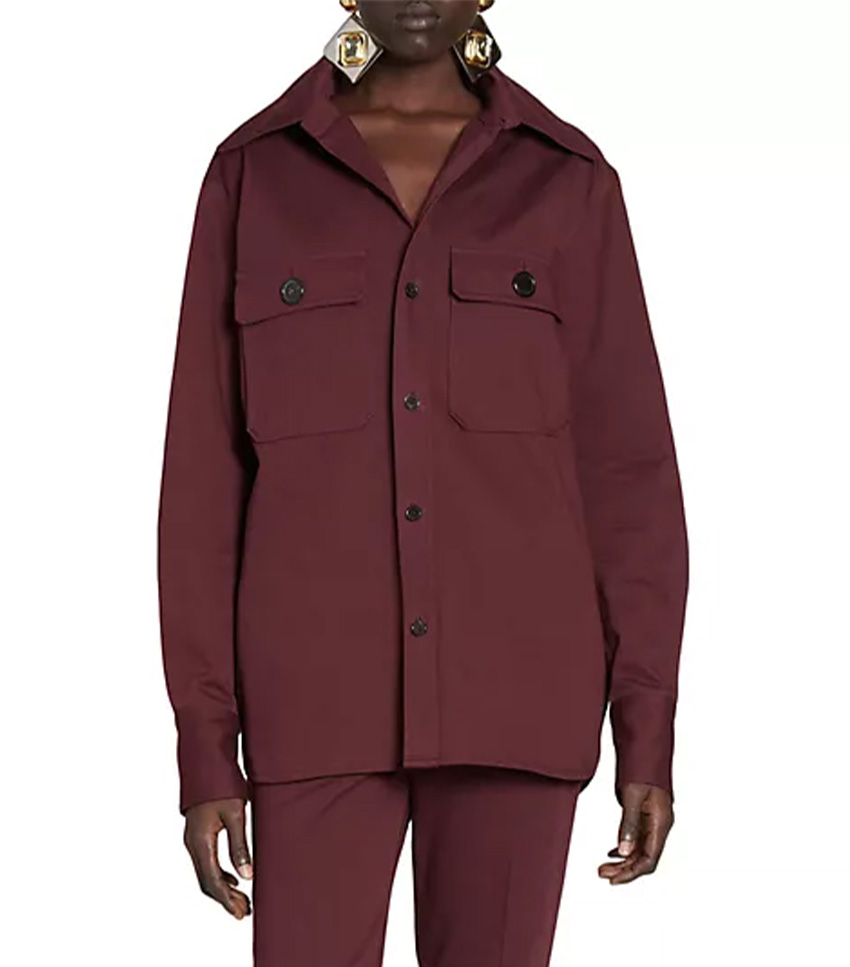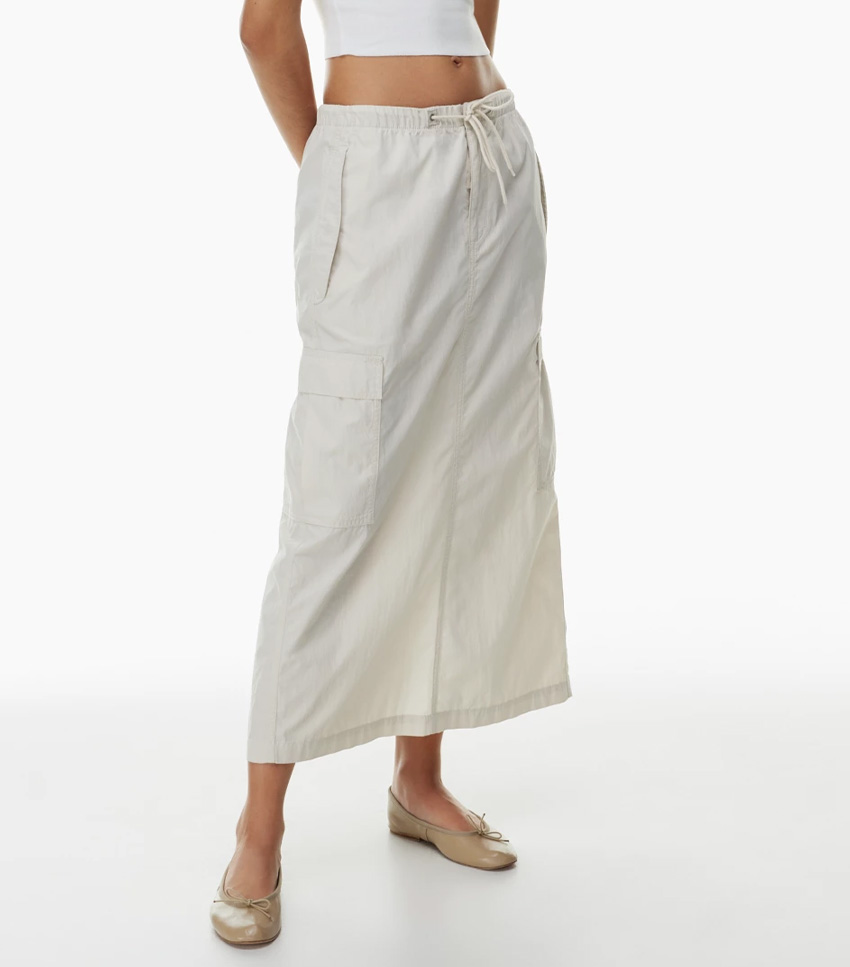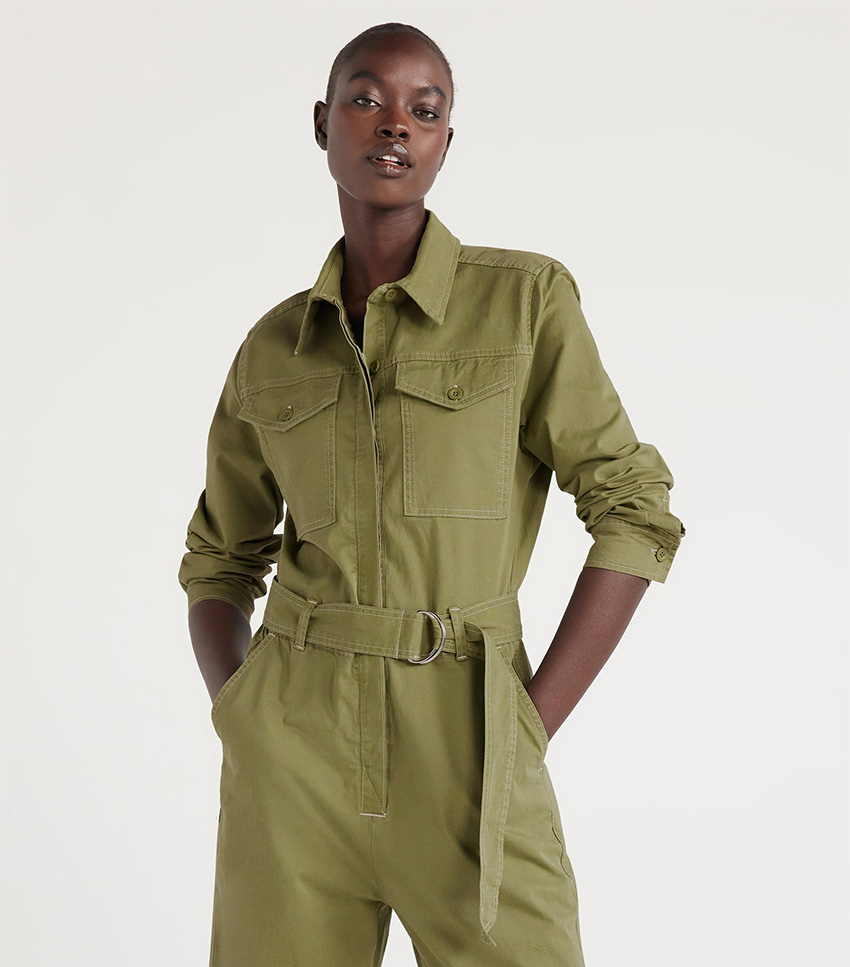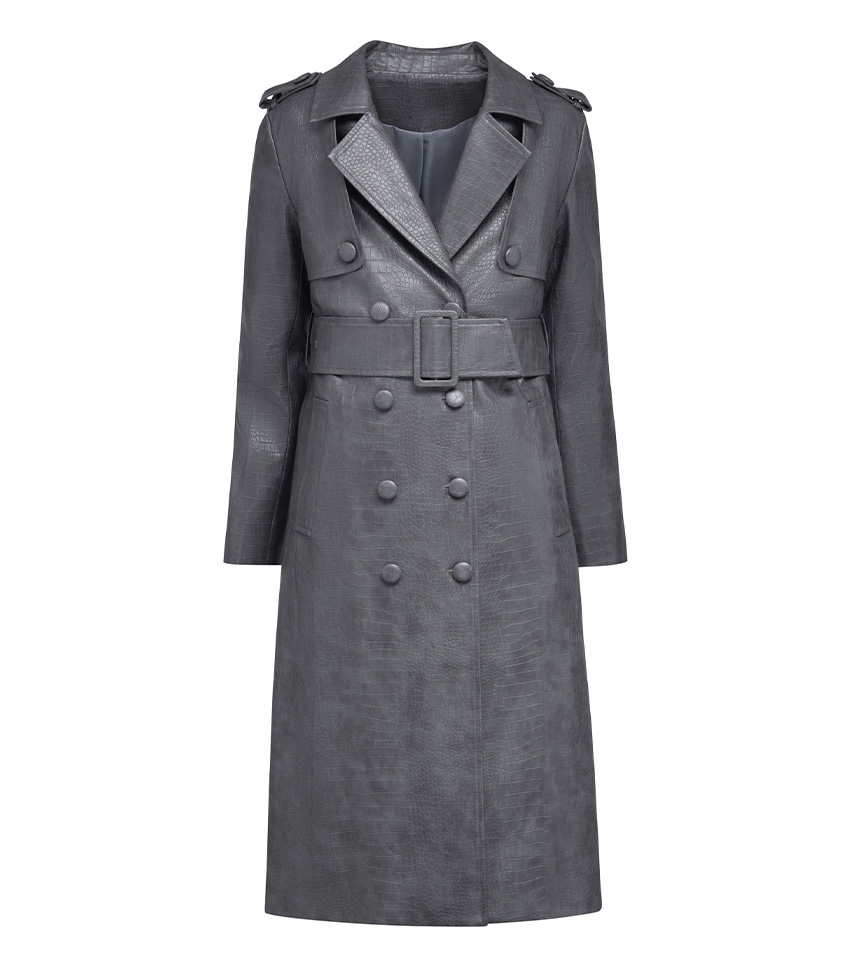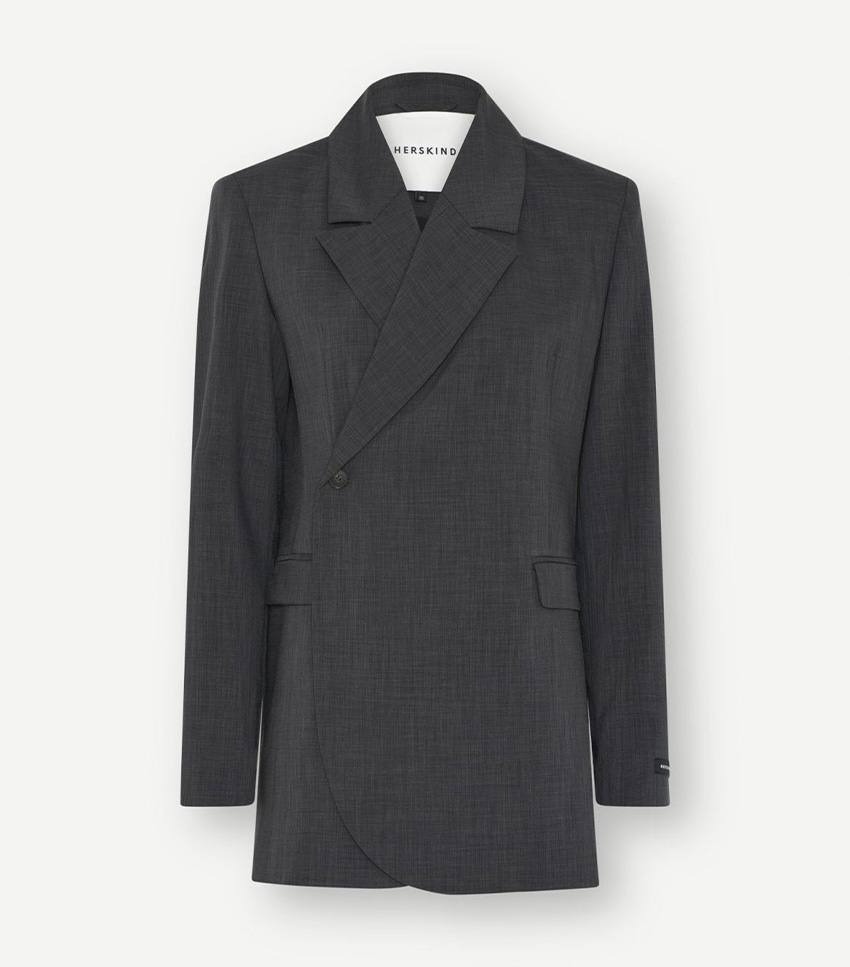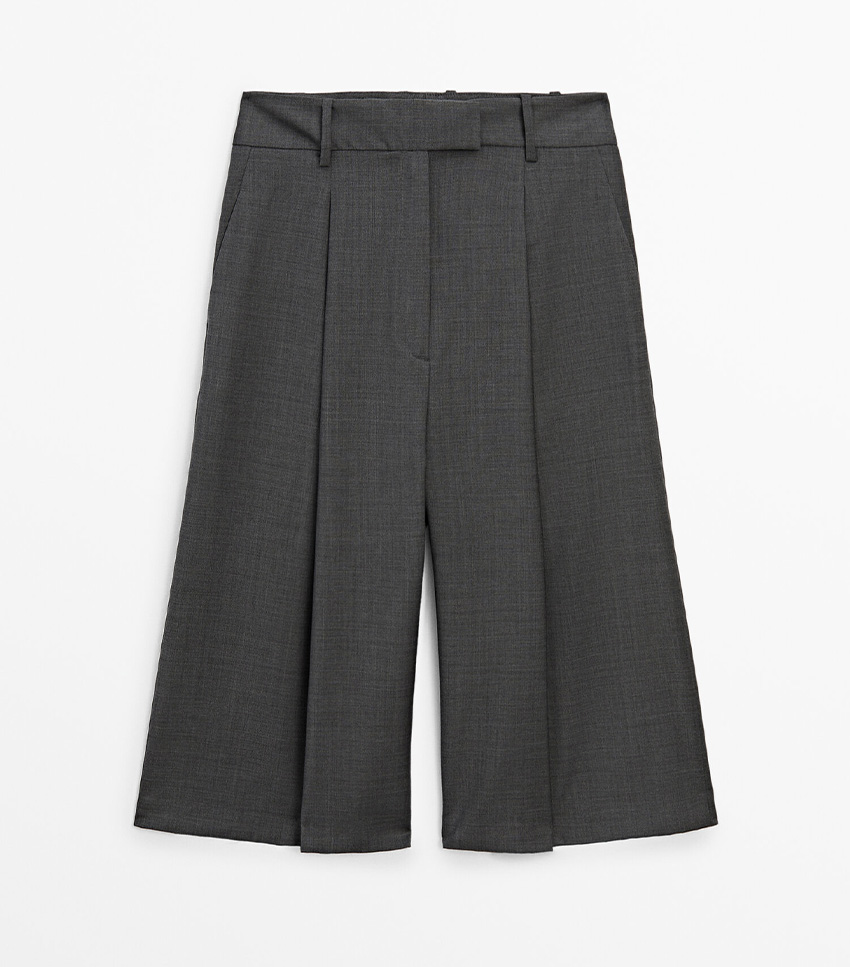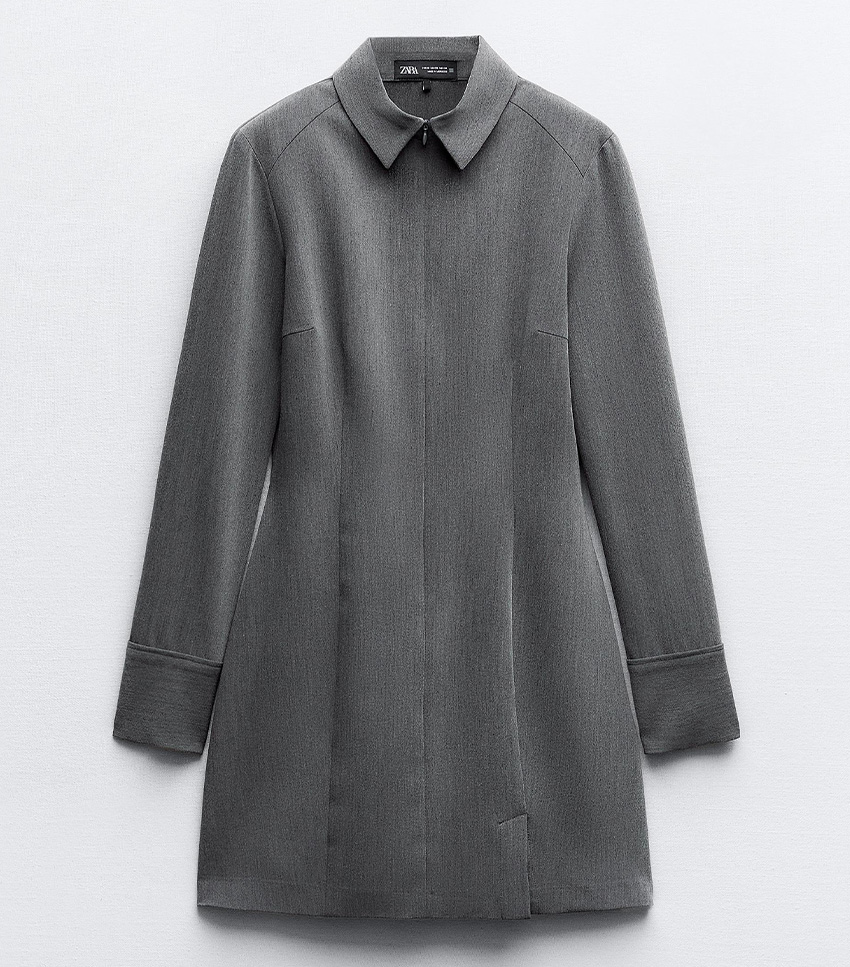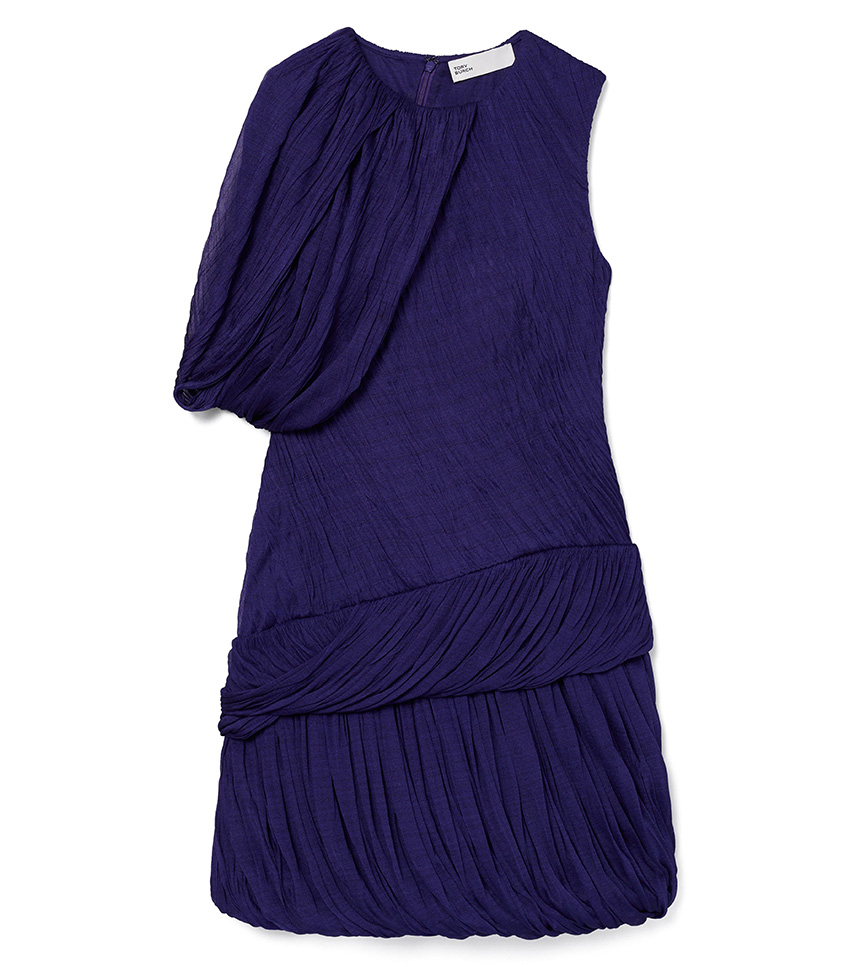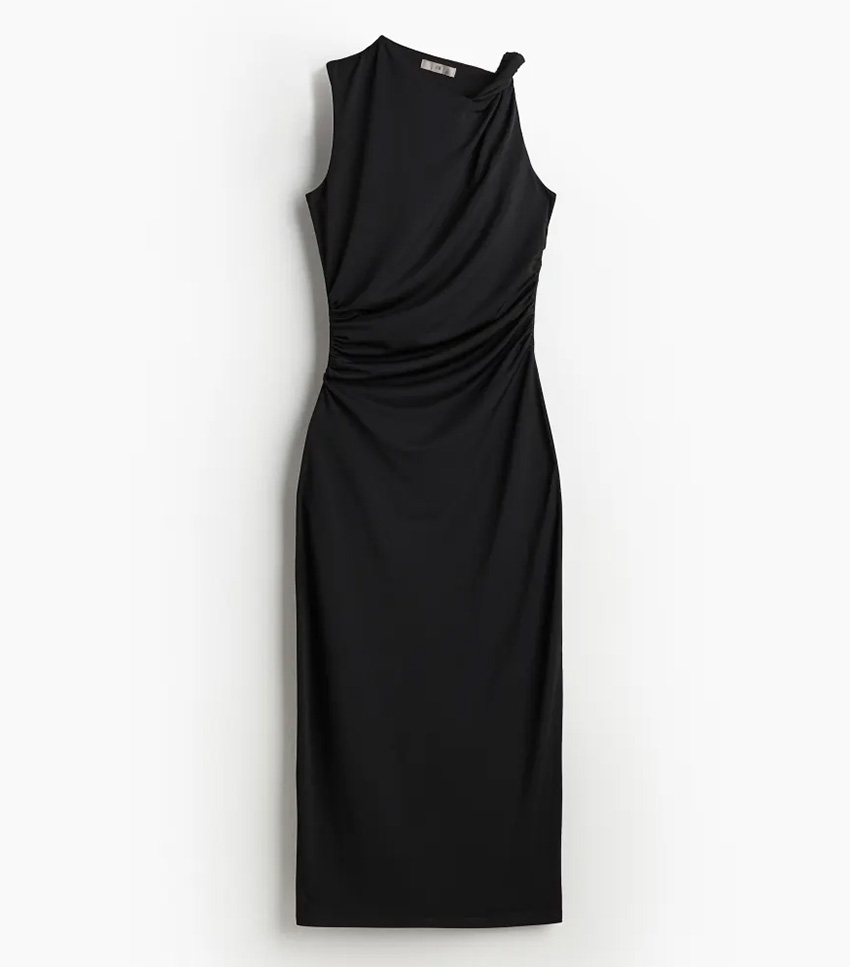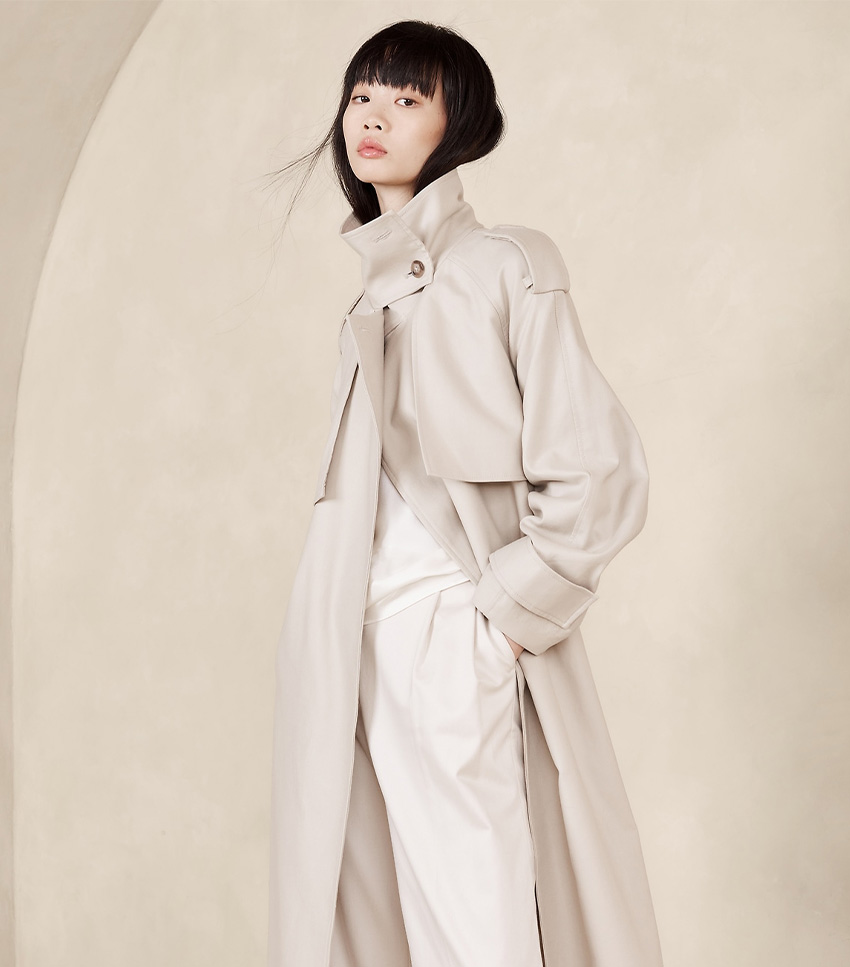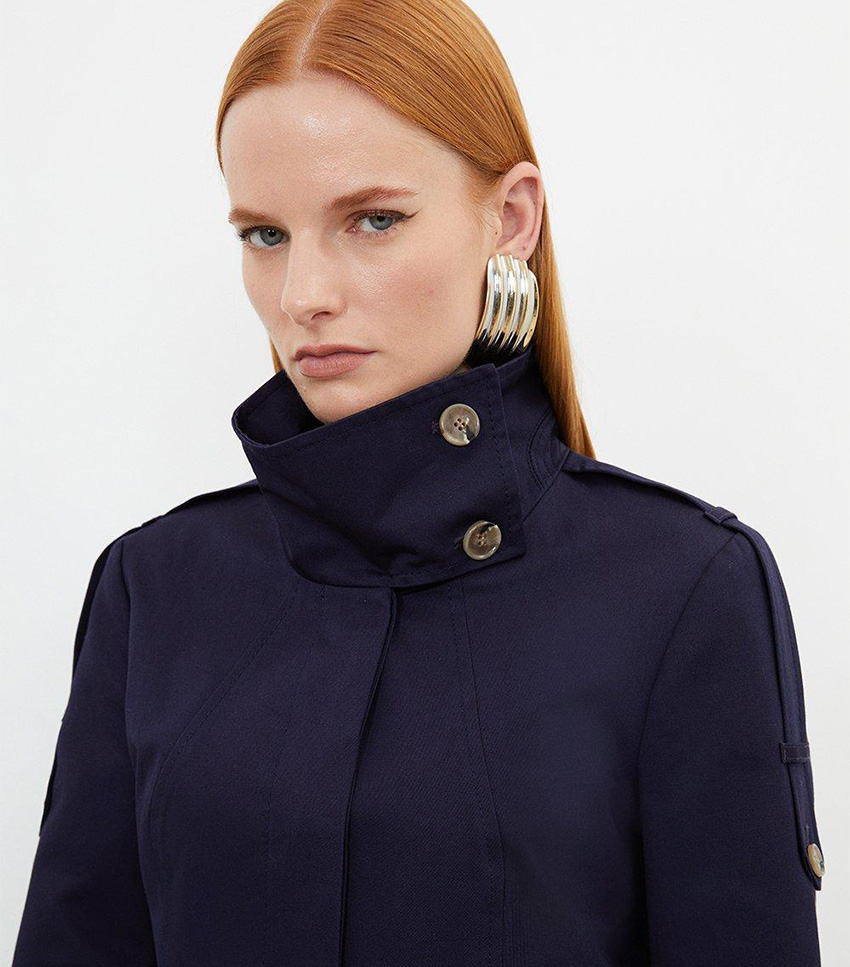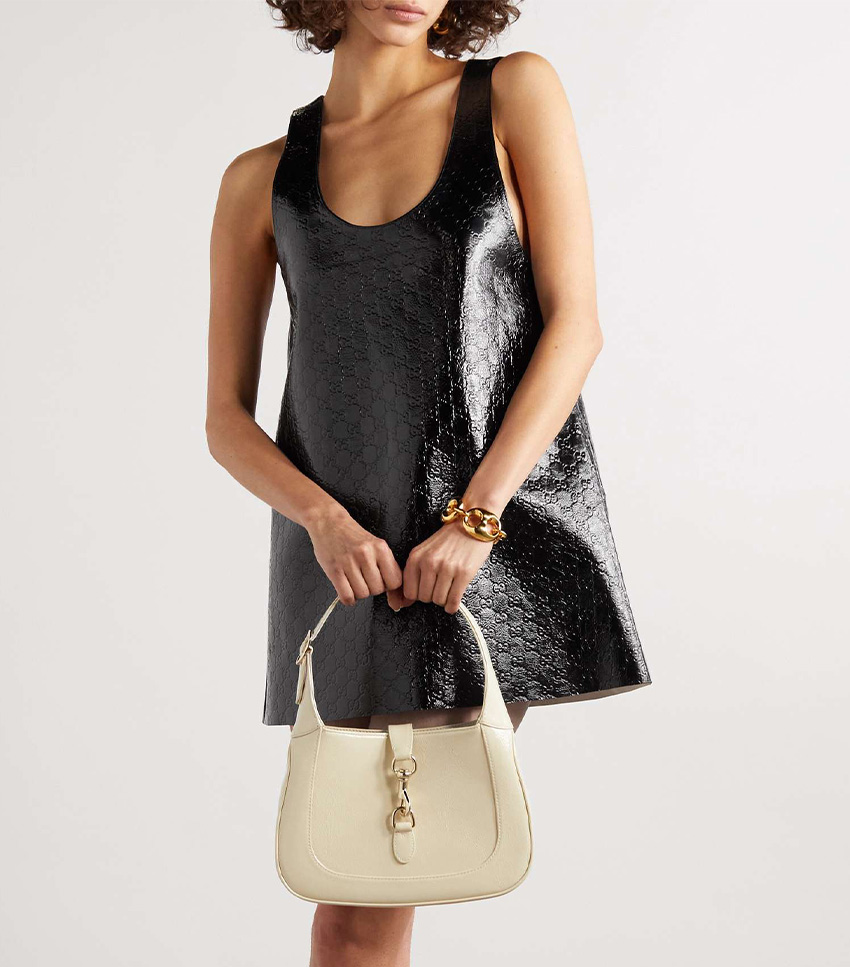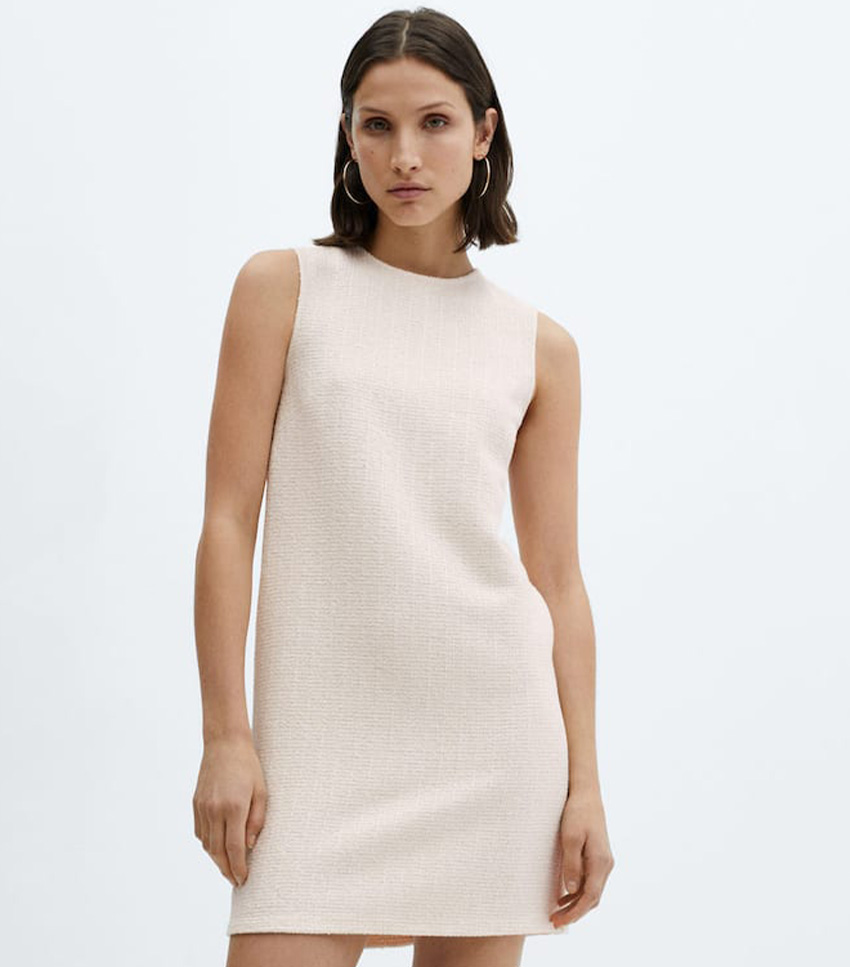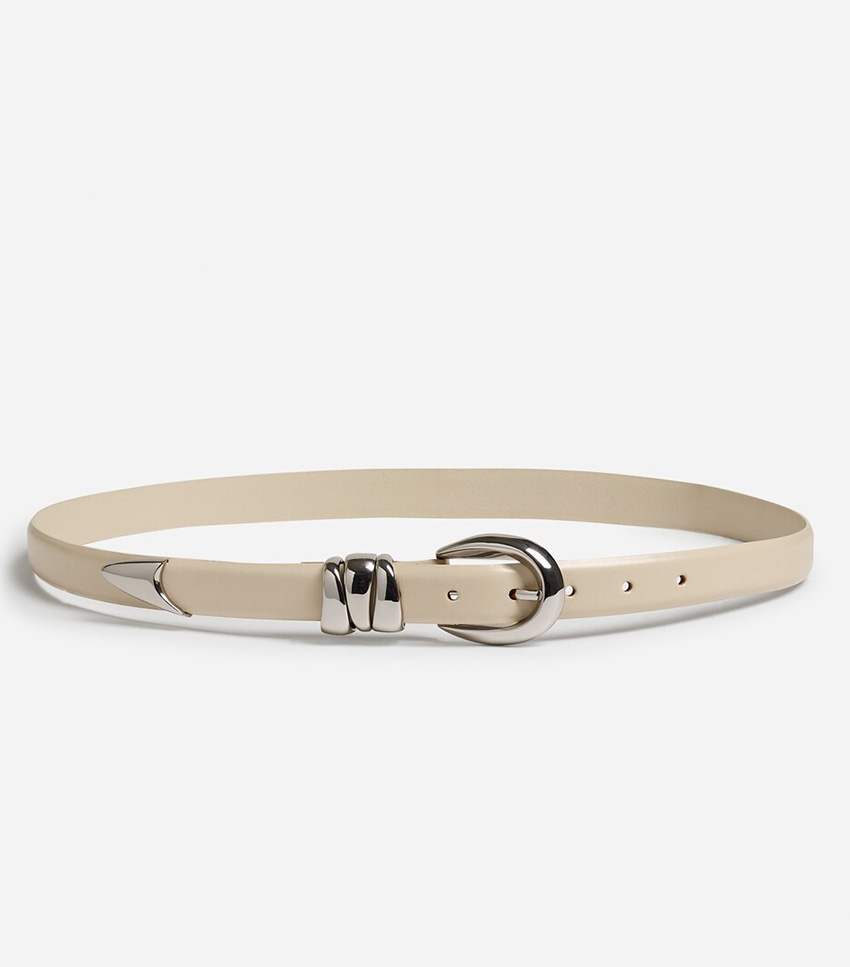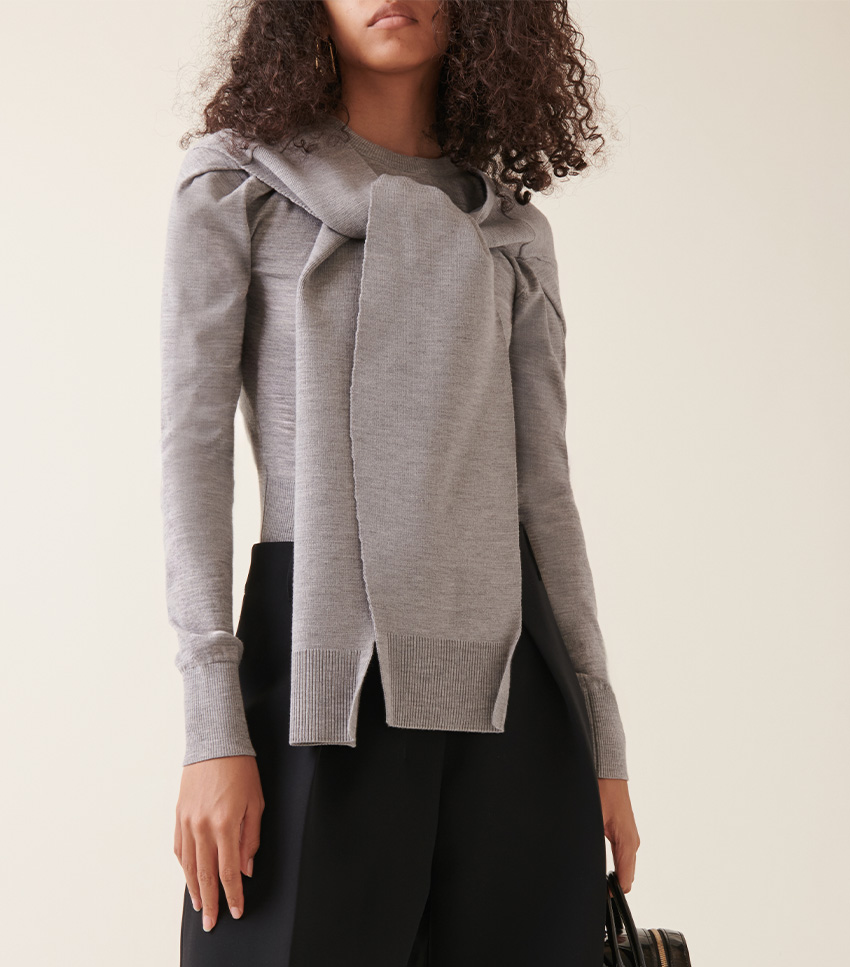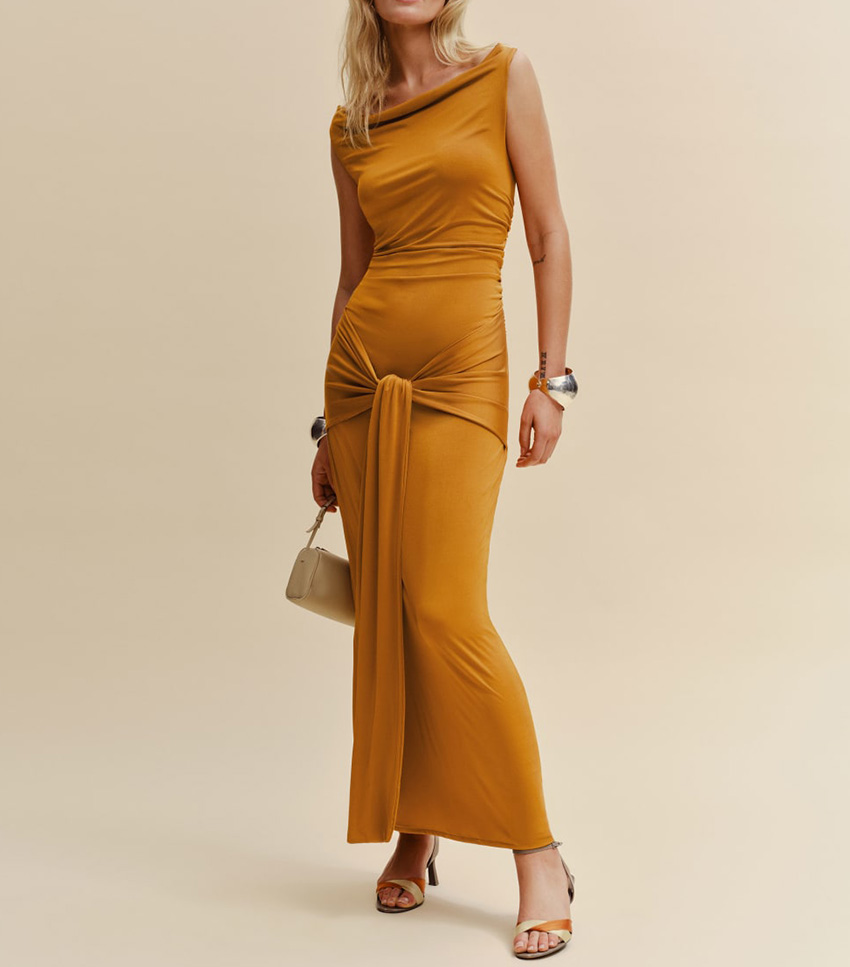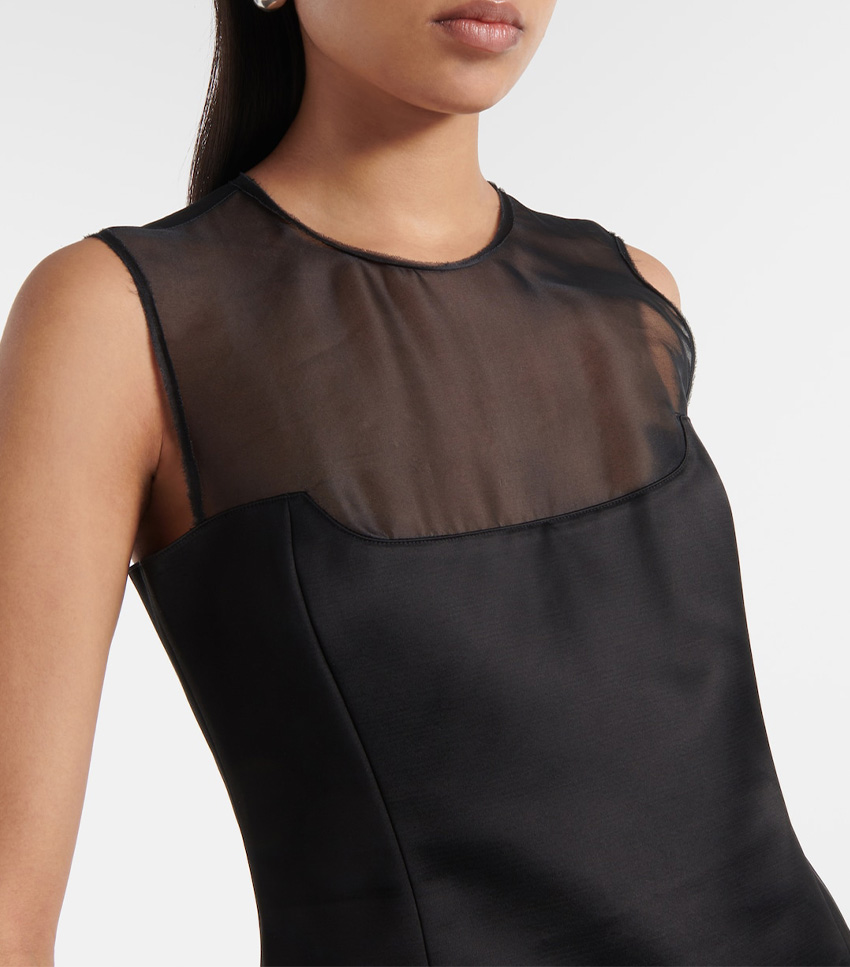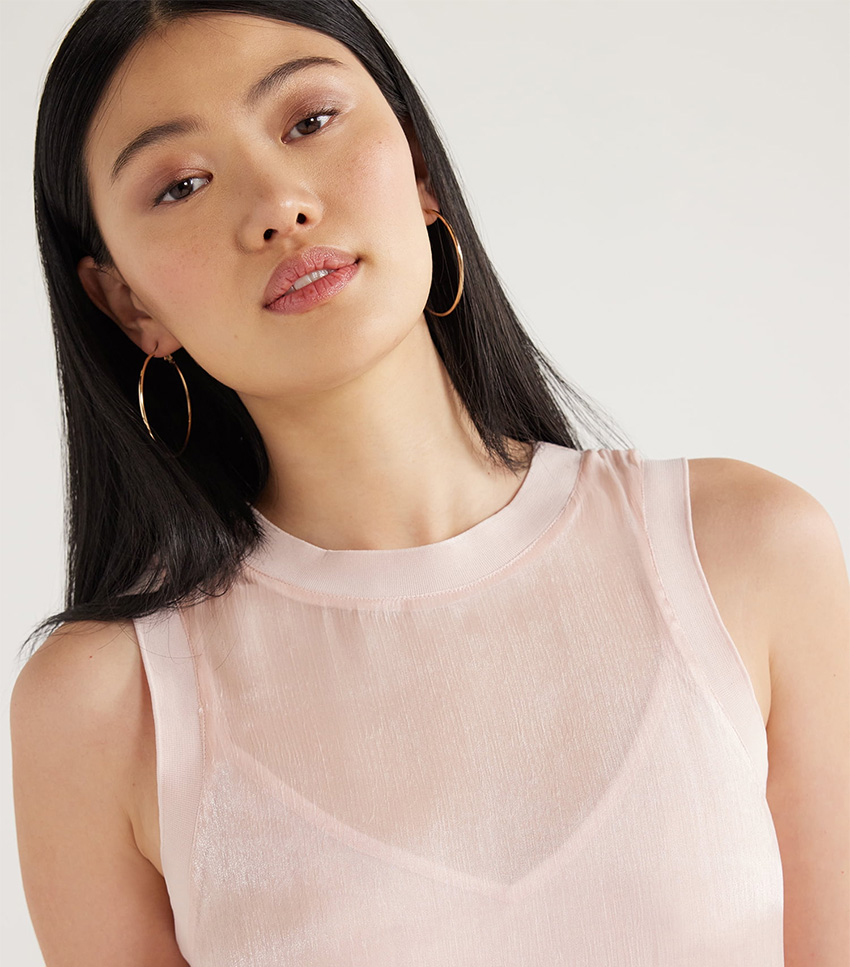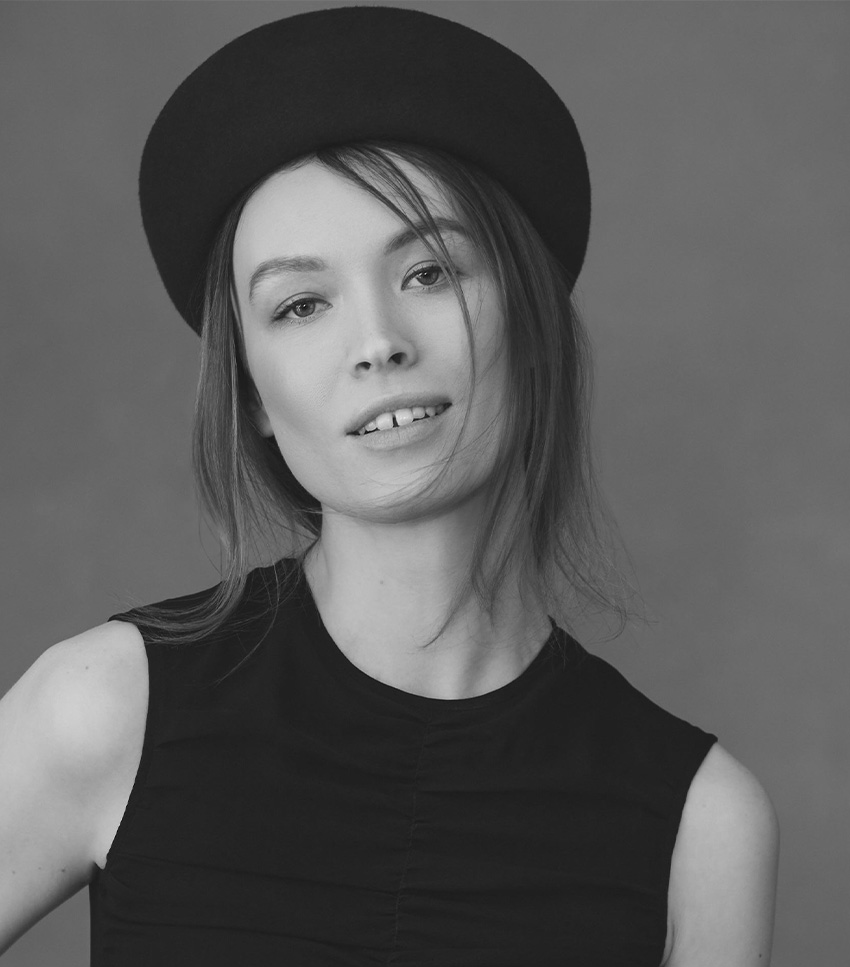Long-Haul Report: 10 Trends That Will Be Around for the Rest of 2024
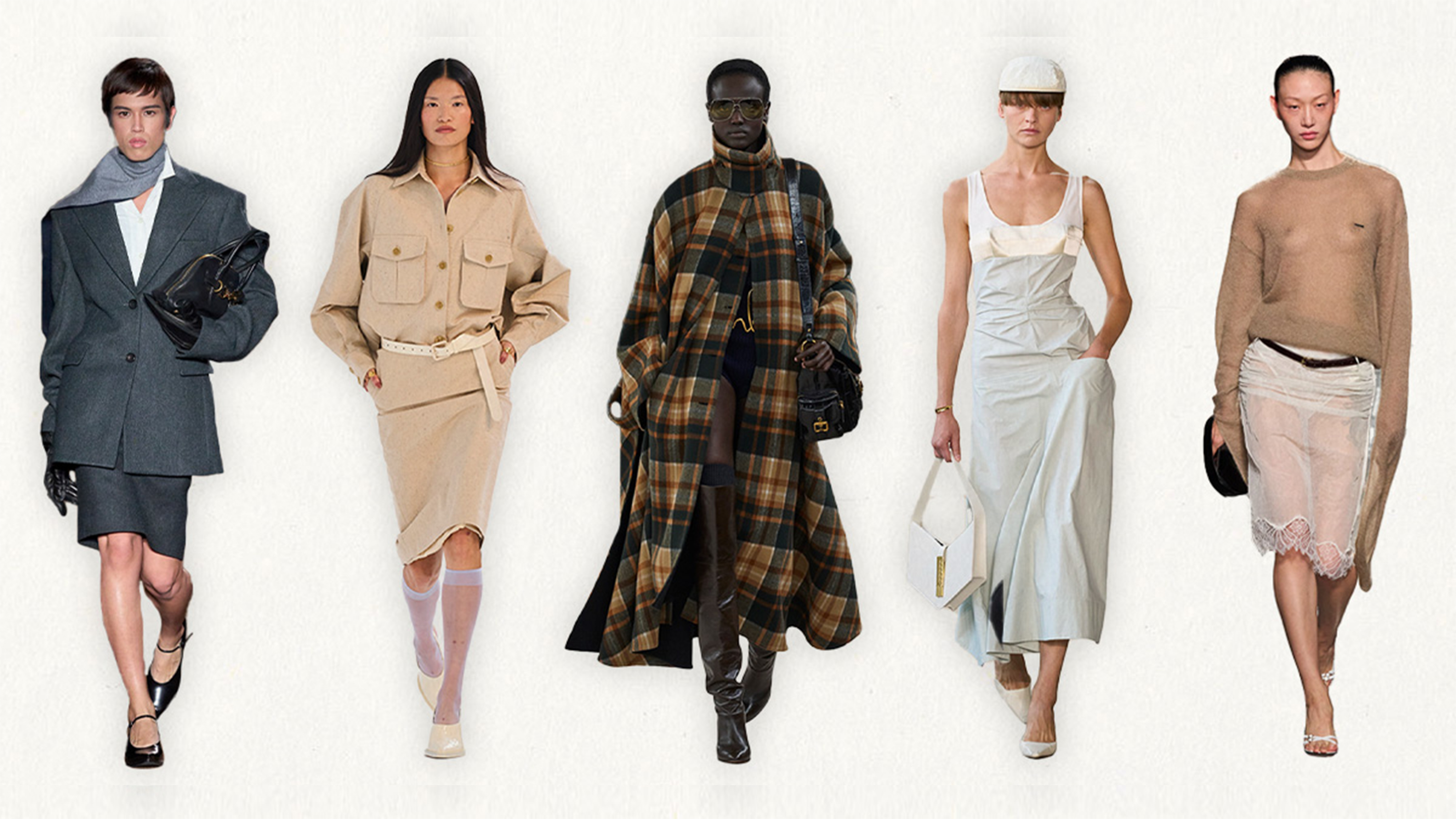
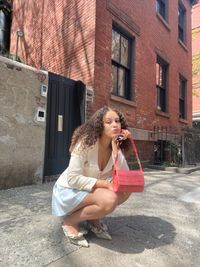
Hot take coming at you: Not all trends are worth your time. Don’t get me wrong—I love keeping up with what’s happening in fashion, whether that means clocking the next color trend or predicting which prints will pop off. But one of the occupational hazards of being a fashion person is that it’s easy to become jaded by the never-ending trend cycle. There’s no guarantee that what you’re backing and buying for the season will be around in six months—unless you play the long game. Sure, it's way more fun to indulge in the delusion that we can buy into new trends every few months rather than think practically. But in this economy? It's best to play the long game. For some, that translates into only investing in foundational basics, which is an admirable approach, but realistically, not everyone likes adhering to a capsule wardrobe.
Therefore, the second best way to think long-term isn’t to swear off trends altogether but to be intentional about the ones we buy. The secret to being more pragmatic with your purchases comes down to choosing trends that can not only be incorporated into your current closet easily but will also be around for a while. And while the notion of long-haul trends might seem like an oxymoron, the truth is that there are always a few themes from runway collections that carry over from season to season. Don’t believe me? Ahead, I’m breaking down the 10 best trends to invest in for the rest of 2024 based on their popularity, versatility, and longevity. After meticulously analyzing the spring/summer 2024 and fall/winter 2024 collections, I can safely say without a shred of doubt that these trends are actually worth your time.

Whoever first said that trends couldn’t be timeless clearly never saw the S/S 24 and F/W 24 runway collections, because they were brimming with more utilitarian pieces (quite literally). Unlike other trends that might be a bit more fleeting, utilitarian fashion is designed to last. In more recent seasons, we’ve seen the groundwork laid for this military-inspired look to trend again. That’s partly because it’s a combination of all the previous fashion aesthetics that have taken hold in recent years, like gorpcore and quiet luxury.
Designers have also been unabashed in their attempts to elevate utilitarian items through thoughtful tailoring, tactile textiles, and tonal earth tones. You can see it reflected throughout Saint Laurent’s S/S 24 collection, in which utility shirts, jackets, and dresses were given a pinch of ’80s glamour with the addition of oversize earrings, belts, bangles, and even aviator hats.
Similarly, at Zimmerman’s spring show, a khaki button-down shirt was made more stylish when paired with a pencil skirt, low-slung belt, and sheer knee-high socks. That theme continued into the fall 2024 collections, as we saw Isabel Marant and Balmain’s collections take miliary-inspired silhouettes and give them a softer approach—thereby proving that pivoting to more “practical” pieces doesn’t have to be an uphill battle.

Just because we’re talking about inherently timeless trends doesn’t mean they have to be tame. Enter exotic textiles. History shows us that humans have worn various forms of animal skin for centuries (albeit in the form of leather or printed pieces), so it’s not surprising that it continues to be relevant. Throughout S/S 24 and F/W 24 collections, we saw designers embrace exotic textures to make simple silhouettes look savage (in a good way). For example, in Tom Ford’s F/W 24 collection, the trench coat was given a bit more edge with its navy-blue crocodile-embossed patent-leather finish. It wasn’t just outerwear that featured this textile, though, as we saw other designers pair this wild material with seemingly subdued silhouettes.
There was Alaïa’s spring show, which took the simplicity of a halter dress and gave it a stunning upgrade by fashioning it from a charcoal gray ostrich leather. Then, there was Jacquemus’ spring show, which balanced out the soft shapes of a cropped cocoon-sleeve jacket and low-slung pencil skirt with a butter-yellow croc-embossed leather material. But possibly the best example of all was at Tory Burch’s fall show, where we saw a peplum top and full circle skirt in a sleek, black crocodile-embossed textile. The overall result was a series of looks that served as a reminder that you don’t have to tame your desire to tap into trends.

In theory, adopting a color trend is easy, but in practice, it’s a whole different story. Not only do shades shift just as quickly in and out of style as any other fashion trend, but some of them—if we’re being real—are hard to style for everyday life. Luckily, there’s been one hue that’s taken over the runways that’s actually easy to embrace: gray. Although this color might seem boring, across the S/S 24 and F/W 25 collections, designers have made it bolder than ever before. First, we can accredit that to the almost fifty shades of gray present in 2023's collections (everything from light slate and heather grays to smoky and charcoal grays), allowing each person to choose a shade that works for their sartorial preferences.
Secondly, what’s made the plethora of gray pieces pop has to do with the approach designers have taken when it comes to incorporating this color into their collections. The unifying theme seemed to create the illusion of a “clean slate” by using this color to accentuate clean-cut tailoring. For instance, there was Jil Sander’s S/S 24 collection, in which the oversize fit of a pair of pleated shorts and a grommet-embellished waistcoat was more striking in a dark gray shade.
Similarly, at Ferragamo’s S/S 24 show, the eye was automatically drawn to the draping technique on a minidress from its piercing shade of gray. Then, there were Miu Miu and Philosophy di Lorenzo Serafini’s F/W 24 collections, which made the skirt suit feel spicier due to the sleek, gray hues incorporated. Each look was not only a sharp take on embracing this shade but also showed that you don’t have to adopt bright colors to make your wardrobe feel fresh this season.
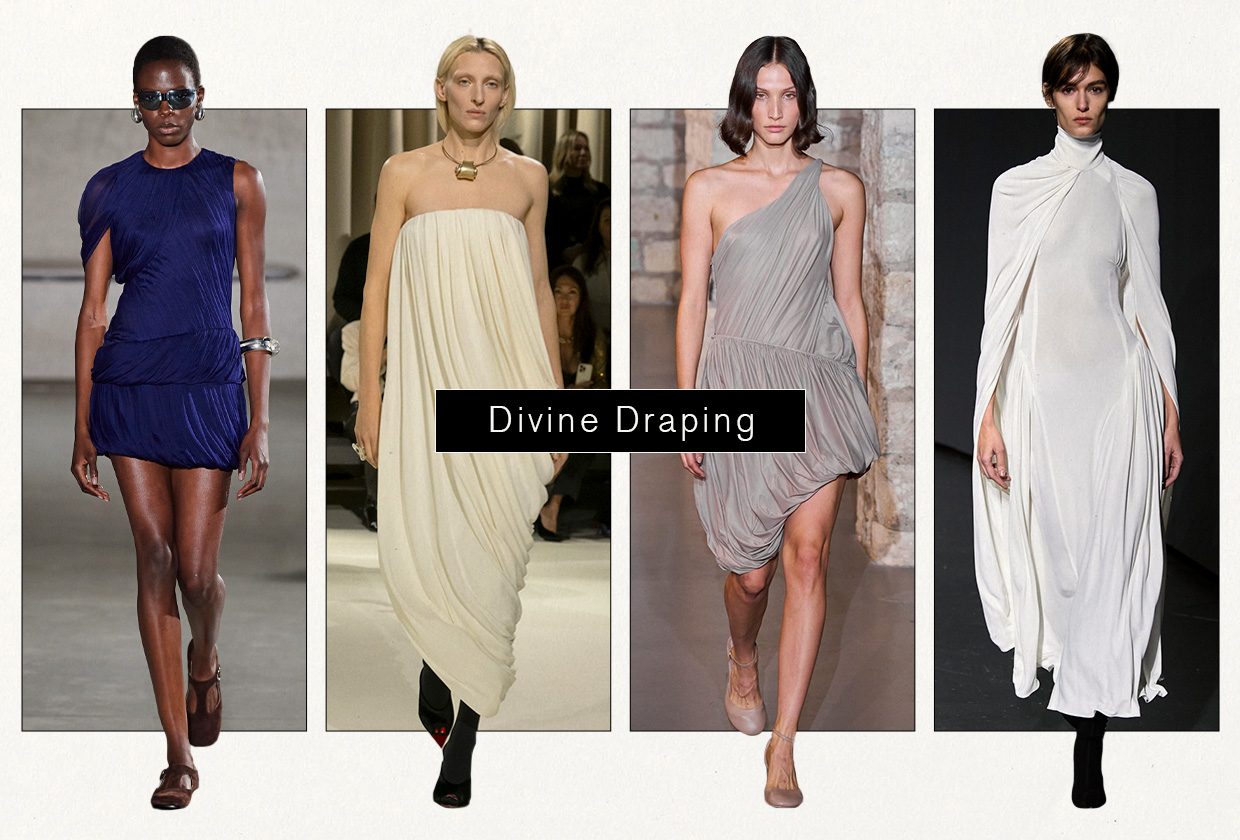
Every year, without fail, there seems to be one tailoring technique that manages to take over the runways. Right now, it just so happens to be draping. But it’s not just any old draping, as designers seemed to lean into a more distinct take on this technique that felt inspired by the divinity and drama surrounding Greek goddesses. Unlike the more casual versions of draping techniques that dominated previous seasons—which let the materials effortlessly roll down the body—the approach seen in S/S 24 and F/W 24 collections was all about creating dynamic volume on dresses through soft ruching, folds, and pleats.
That was evident in Christopher Esber’s spring show, where an asymmetrical gray minidress tapered around the waist created a bunched effect. We saw the same pintuck draping technique also present at Tory Burch’s S/S 24 show—navy blue and pistachio green silk was bunched and layered to create divinely draped minidresses. Then, there were the softer approaches to draping, which were mainly present in fall collections. For example, a strapless crème dress was bunched at the hemline to create a draped effect at Schiaparelli’s ready-to-wear show. While at 16Arlington, the technique was applied around the shoulders to create the illusion of a cape on a drop-waist dress. Each runway look may have slightly differed in their approach to draping, but much like the goddess themselves, they managed to each tell an enrapturing story that’s sure to capture our imagination for the rest of the year.
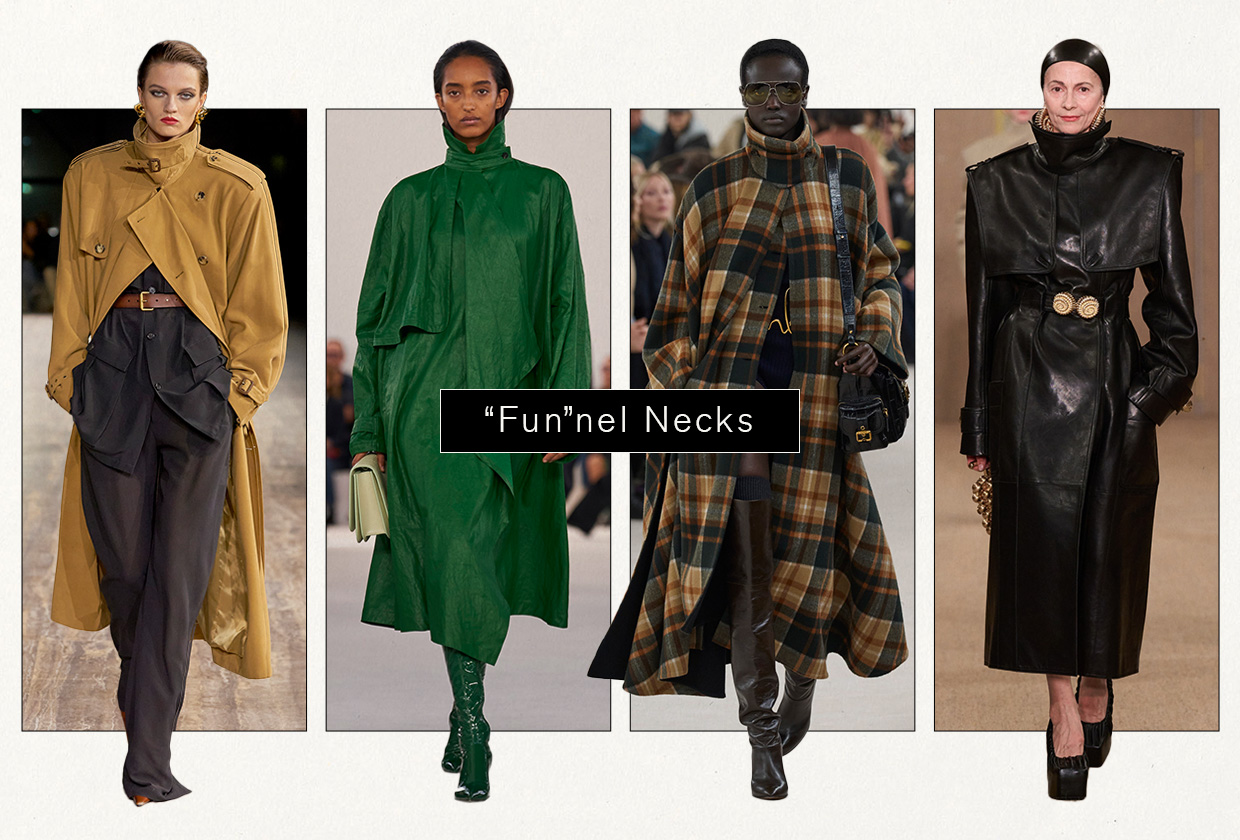
At first, it seemed like a fluke that funnel necks were making a comeback, but as they’ve slowly infiltrated the runways again, it's clear they're here to stay. What makes this neckline relevant again, besides the fact that it could be found throughout the S/S 24 and F/W 24 collections, is how far removed it’s become from the stuffier versions of the past. A far cry from the austere coats that first became popular in the seventeenth century, the funnel necklines this season were far more fun because designers got creative with colors, prints, textiles, and even styling. A prime example of this was Ferragamo’s S/S 24 collection, which featured a vibrant green crinkled leather coat with a high neckline—possibly the most flamboyant take on the trend. The version of this coat in Chloé’s F/W 24 collection was equally eye-catching, as it came in a neutral-hued plaid print that was styled over hot pants and knee-high boots.
While Ferragamo and Chloé chose to use color and prints as a way to accentuate the neckline on their outerwear, Balmain and Saint Laurent went a different route. With the former, we saw the funnel neck coat given a fabulous spin by coming in a sleek black leather with gold accessories at Balmain’s fall show. Similarly, at Saint Laurent’s spring show, a classic high-neck trench coat was made a bit cooler with the addition of ’80s-inspired jewelry. Whether by styling or small details, we saw this seemingly simple coat given a trend-forward spin that makes it worth adding to any wardrobe this season (and beyond).

While we might officially be in the full swing of springtime (aka sundress season), that doesn’t mean we should not consider fall when shopping now. In fact, if you want to invest in a dress trend that can be worn well past the spring season, then you’ll want to consider joining what we’ve dubbed the “mod squad”—aka the embrace of ’60s-inspired shift dresses. Despite what you might think about this formerly “dated” dress silhouette, it became one of the more delightful trends from the S/S 24 and F/W 24 collections. One could argue that it’s the dress silhouette of the season simply because you can spot this style in every form imaginable. There were the more traditional iterations that tapped into the historical iconography of the shift dress, such as the clean-cut white mini that was showcased at Versace’s spring show.
But then, we also saw more contemporary takes on the style that ranged from sleek to sultry. The latter was represented in the form of an oxblood-red mini shift dress with a deep V-neckline at Gucci’s spring show. In contrast, the shape was sleeker at Tory Burch’s fall show because of the high neckline and fuller mid-length hemline. But possibly the best example of how much this dress silhouette has evolved is through the ’90s-coded white shift dress with a low-slung belt at Sandy Liang’s fall show. It was giving "grown" energy, thereby making this otherwise seemingly “girly” dress silhouette feel far more elevated. While also providing us the perfect excuse to pull up with the squad in shift dresses this spring.
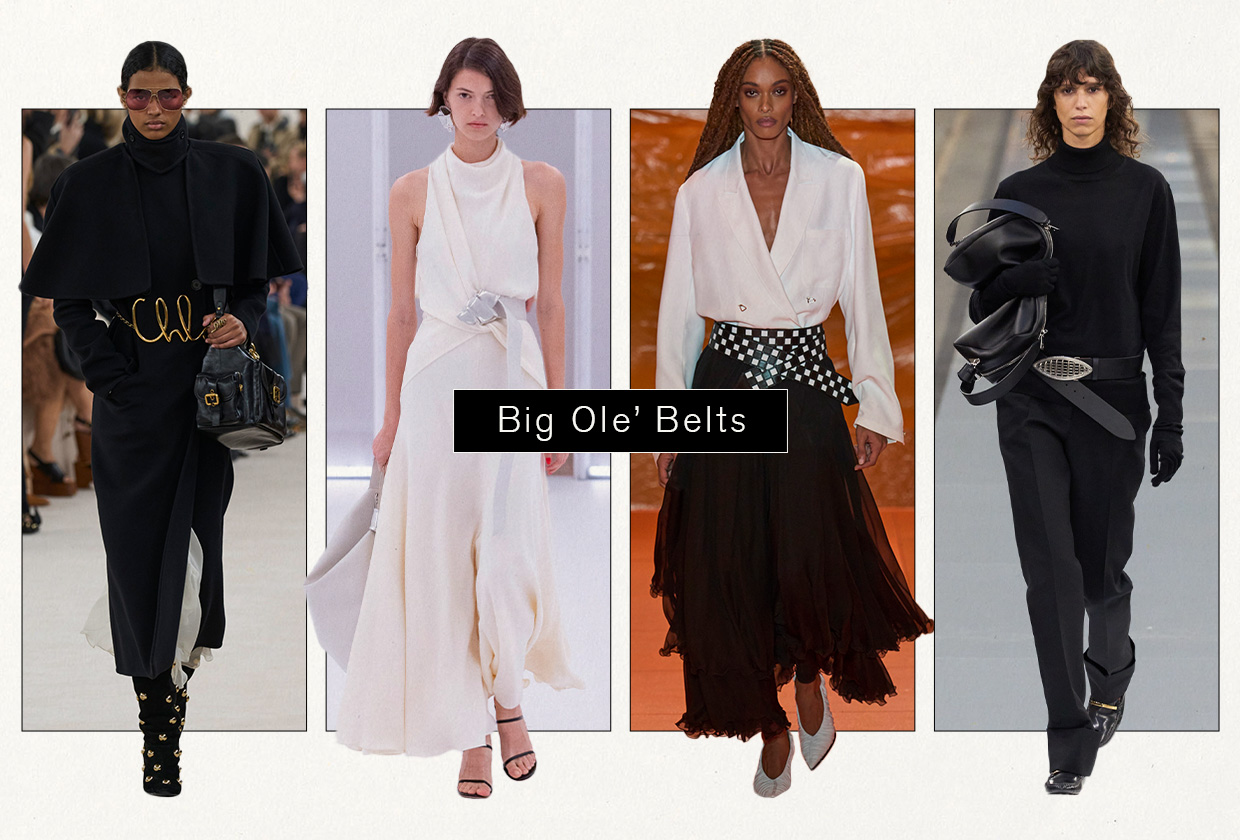
Even though it can be initially exciting to buy into the bigger fashion trends of the moment, true excitement in everyday dressing comes from the bits and bobs that end up building your wardrobe. It’s not about buying an entirely new outfit to feel alive (although to each their own), as you can tap into a sense of adventure by adopting a few new accessory trends each season. One trend that’s bound to make a huge difference in how you feel about your wardrobe? Big belts. While it’s no secret that designer belts have been a big trend for a few seasons now, we saw designers embrace even larger variations throughout their S/S 24 and F/W 24 collections. It was less about the functionality of this accessory but rather about adding a bit of flavor to those foundational wardrobe items.
Refer to Louis Vuitton’s S/S 24 collection, in which a classic white blouse and black pleated skirt were far chicer with the addition of a large checkered wrap belt. Similarly, at Brandon Maxwell’s spring show, a simple white maxi dress was adorned with a large belt with distinct silver hardware. By doing so, it drew attention to the beautifully draped neckline, making the streamlined silhouette stand out. While spring shows seemed to use this accessory to highlight the tailoring of specific separates, fall shows were much more about using them as a statement item. You can see that ethos embodied in Tod’s fall show, in which a black turtleneck and slouchy trousers are styled with a seat belt–inspired belt. That sentiment was also present in Chloé’s fall show in the form of a black funnel neck coat styled with a gold chain moniker belt and studded boots. Ultimately, all the looks reminded us that you don’t have to buy into the biggest trends to make your wardrobe bolder, just big belts instead.
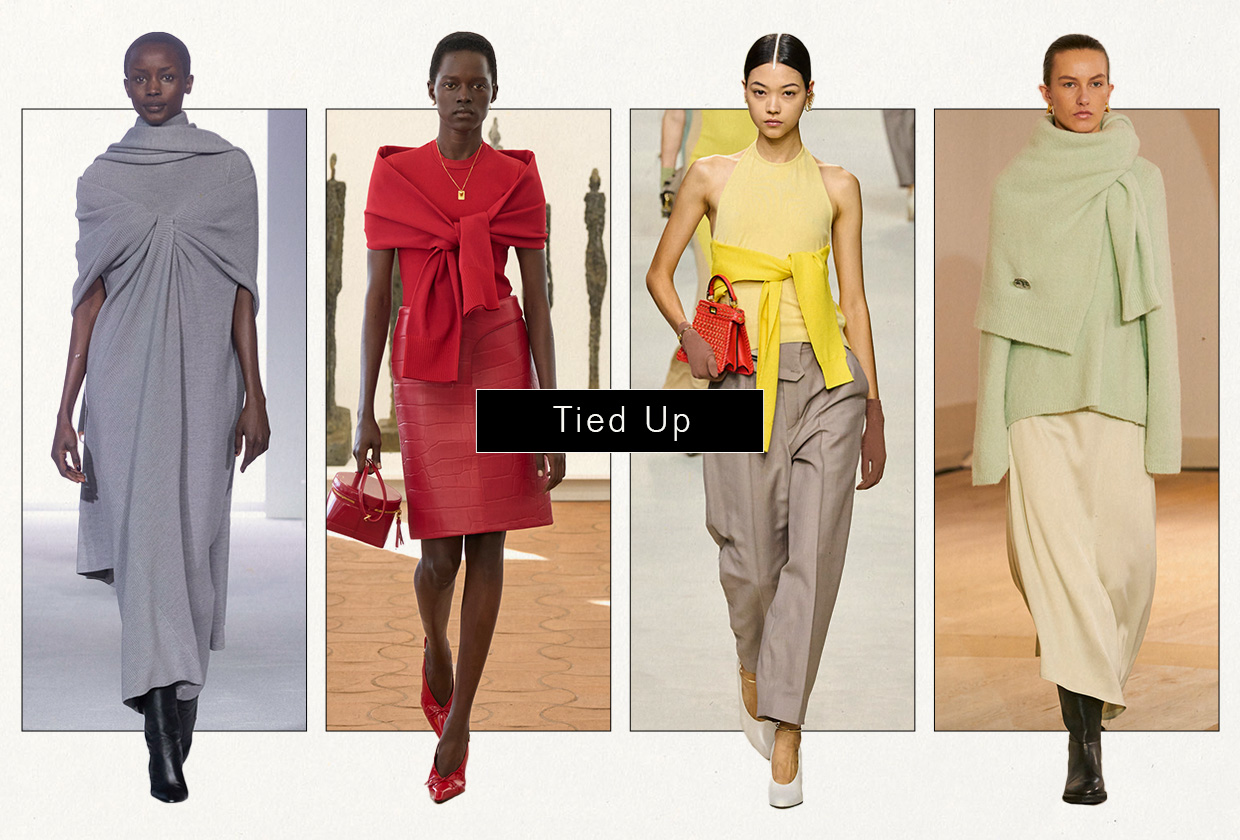
In addition to incorporating belts into runway looks, another trend had the design set tied up (pardon the pun). Although this trend veers more into styling territory, it can't be ignored because there was no shortage of runway looks that featured clothing with twists. Knots were interlaced throughout S/S 24 and F/W 24 collections in everything from knitwear to dresses to skirts, but exactly they were embraced depended entirely upon the designer. Some houses chose to craft garments with built-in knots to tap into this trend, while others used styled layers on top of each other to get the same effect. The latter was best represented through Fendi's S/S 24 collection, as models strutted down the runway, spotting vibrant knit tops with contrasting cardigans haphazardly tied around the chest, shoulders, and waist.
In parallel, there were more muted takes on this styling trend, including in Aeron's fall show—a mint mint-green cardigan was tied around the neckline over another matching sweater. And then, there were the designers who made adopting the trend even easier by creating garments with built-in knot details. Refer to Brandon Maxwell's F/W 24 show, in which a gray knit maxi dress with a built-in knot around the bust. Or refer to the breathtaking saffron-red knit top with a tie around the shoulders at Jacquemus' spring show. Whether created by styling or with built-in elements, the connecting link between these collections came down to how this detail was used to add excitement to otherwise elementary silhouettes, showing us how to style our staples in a fresh way.
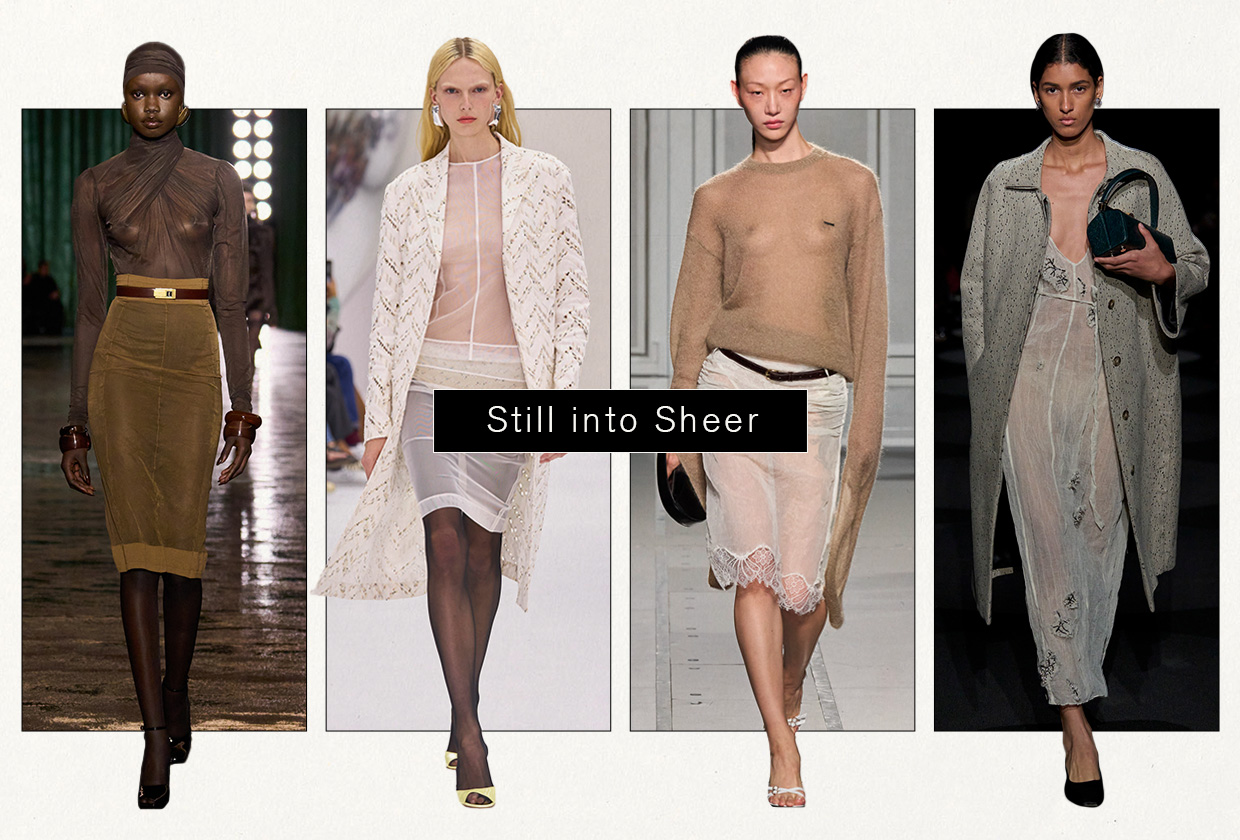
One of the biggest challenges as a fashion person is finding the balance between taking risks and making safe long-term bets. But occasionally, a trend comes along and bridges the gap between being accessible and adventurous; sheer clothing happens to do just that. It’s no secret that this trend has been around for a while, as we’ve witnessed it be reinvented from something that you’d only spot on Hollywood stars to a significant trend for a few seasons now. I’d argue that because it’s become such a perennial part of the conversation, you now have your permission slip to finally take the plunge (if you haven’t already). Make no mistake, though, while this trend has been around for some time, that doesn’t make it any less thrilling. Designers showed with their S/S 24 and F/W 24 collections that they’re still willing to take risks, most notably by playing with textile opacity.
That was reflected in collections such as Coperni’s S/S 24 show, where sheer separates ran the gamut from gauzy knits to chiffon slip skirts (sometimes styled together). The variation of this material was further explored at other brands, including Altuzarra’s S/S 24 show. Finely knitted yarn was woven throughout the collection to create crinkled sheer slip and skirt dresses.
Leaning into the technicality of these sheer textiles wasn’t the only way designers reinvented this trend, as styling played a big part, too. We saw designers embrace layering sheer separates on top of each other to dial up the ante. At the same time, models wore see-through blouses tucked into silk chiffon skirts with sheer tights layered underneath at Saint Laurent’s fall runway show. By embracing playing with styling and fabric opacity, designers showed us why there are still so many reasons to be into sheer clothing.

Hopefully, by now, I've adequately illustrated that some trends can transcend being ephemeral to become a part of your everyday life. But it's worth reminding you that not every trend can achieve that aim. Therefore, it's essential to choose ones that can play to your different needs. IMO, no other trend can do so better than a statement hat. Hear me out: Hats are the secret sauce to make your staples less stale. Bored of your little black coat? Add a floppy hat. Want to feel like you're in Paris without catching a flight? Put on a beret. Hats are one of those underutilized accessories that make any outfit feel unique. But if you're not sold yet, refer to the receipts (aka the runways). We've seen so many S/S 24 and F/W 24 runway collections incorporate different types of hats—from big, floppy ones to baseball caps. But possibly the two most prominent accessories were the retro-inspired hats, such as the '50s-inspired pillbox hats. It felt particularly fresh because it wasn't styled with mod silhouettes but sharply tailored separates.
For example, at Celiné's fall show, a model wore a black tweed skirt set topped off with a black pillbox hat. Similarly, at Alaïa's spring show, various formfitting pieces were paired with leather hats. Although many pillbox hats were on the runway, they weren't the only styles present in collections, as designers also brought the baker cap back from the dead. During its heyday, this hat used to be predominately worn by men, but designers made it feel a bit more "feminine" through styling on the runway. For instance, in Bevza's S/S 24 runway show, a sharply-tailored pistachio green dress was styled with a white flat baker cap. While Chanel went beyond the baker hat to include many different types of hats throughout the collection—all of which were styled with tweed coats, suits, and dresses. Fundamentally, each collection showed that you don't have to adopt something groundbreaking to feel good about your wardrobe.
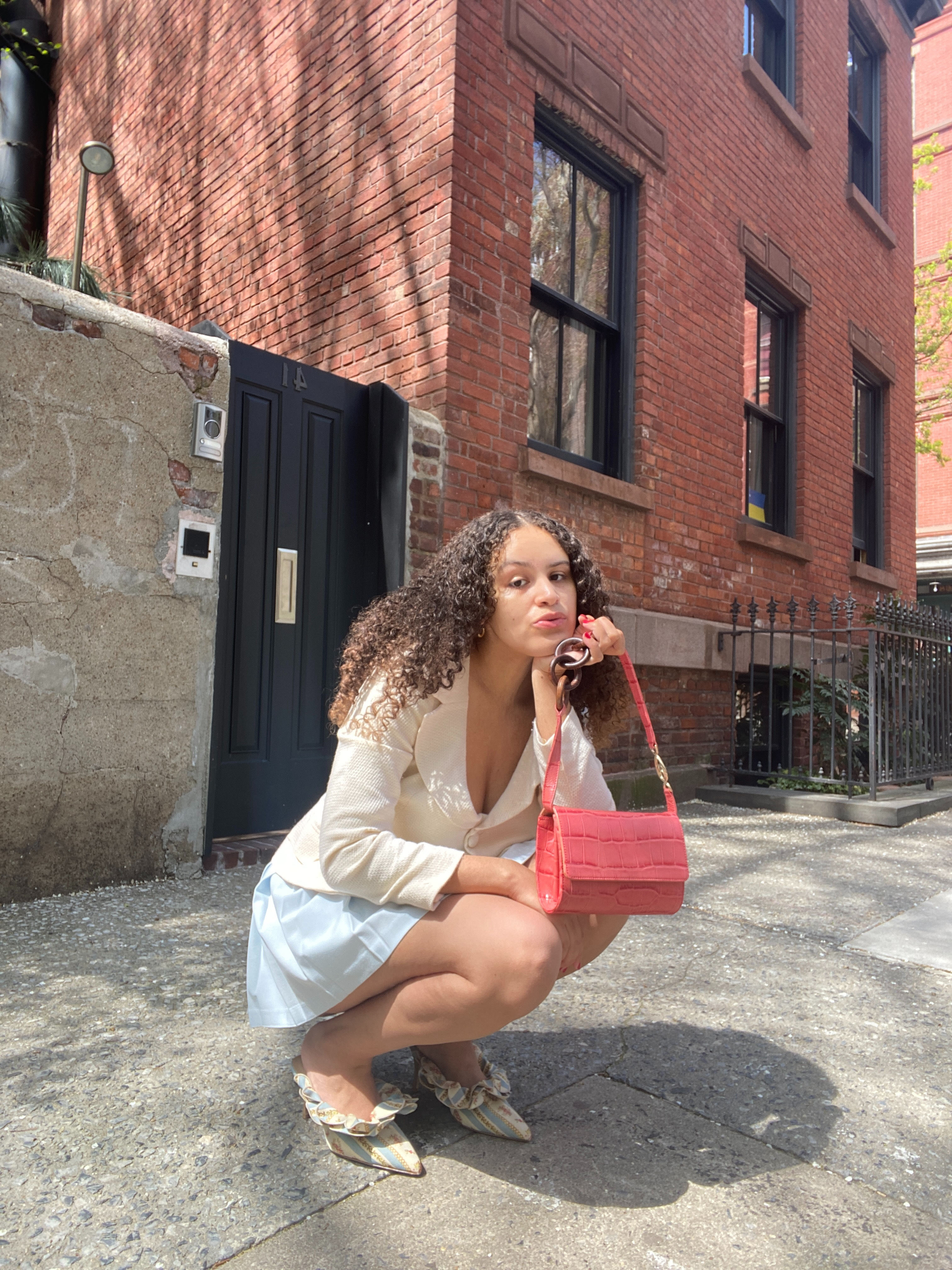
Jasmine Fox-Suliaman is a freelance writer and editor living in New York City. What began as a pastime (blogging on Tumblr) transformed into a lifelong passion for unveiling the connection between fashion and culture on the internet and in real life. Over the last decade, she's melded her extensive edit and social background to various on-staff positions at Who What Wear, MyDomaine, and Byrdie. More recently, she’s become a freelance contributor to other publications including Vogue, Editorialist, and The Cut. Off the clock, you can find her clutching her cell phone as she's constantly scrolling through TikTok and The RealReal, in search of the next cool thing.
-
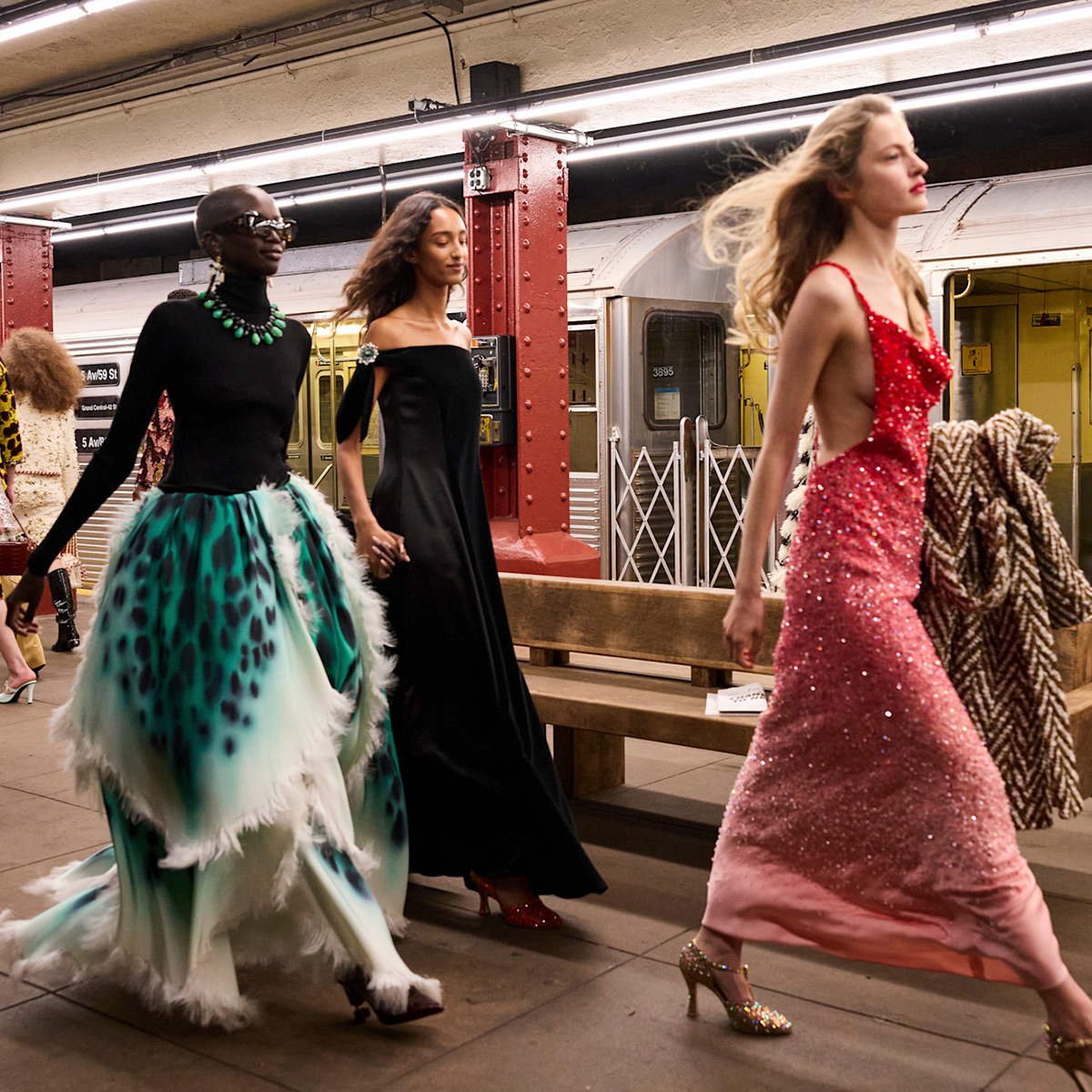 6 Trends All the Cool Girls Will Be Wearing in 2026 Were Just Revealed at the Chanel Métiers d'Art Show in NYC
6 Trends All the Cool Girls Will Be Wearing in 2026 Were Just Revealed at the Chanel Métiers d'Art Show in NYCLive from New York, it's Matthieu Blazy's Chanel.
-
 21 Fashion Items That'll Look Especially Cool If You Wear Your Hair in Braids Like I Do
21 Fashion Items That'll Look Especially Cool If You Wear Your Hair in Braids Like I DoFor those who are always changing their hair.
-
 Every Major Handbag Trend Fashion People Will Be Wearing Come Spring 2026
Every Major Handbag Trend Fashion People Will Be Wearing Come Spring 2026From slightly askew purses to single-strap silhouettes.
-
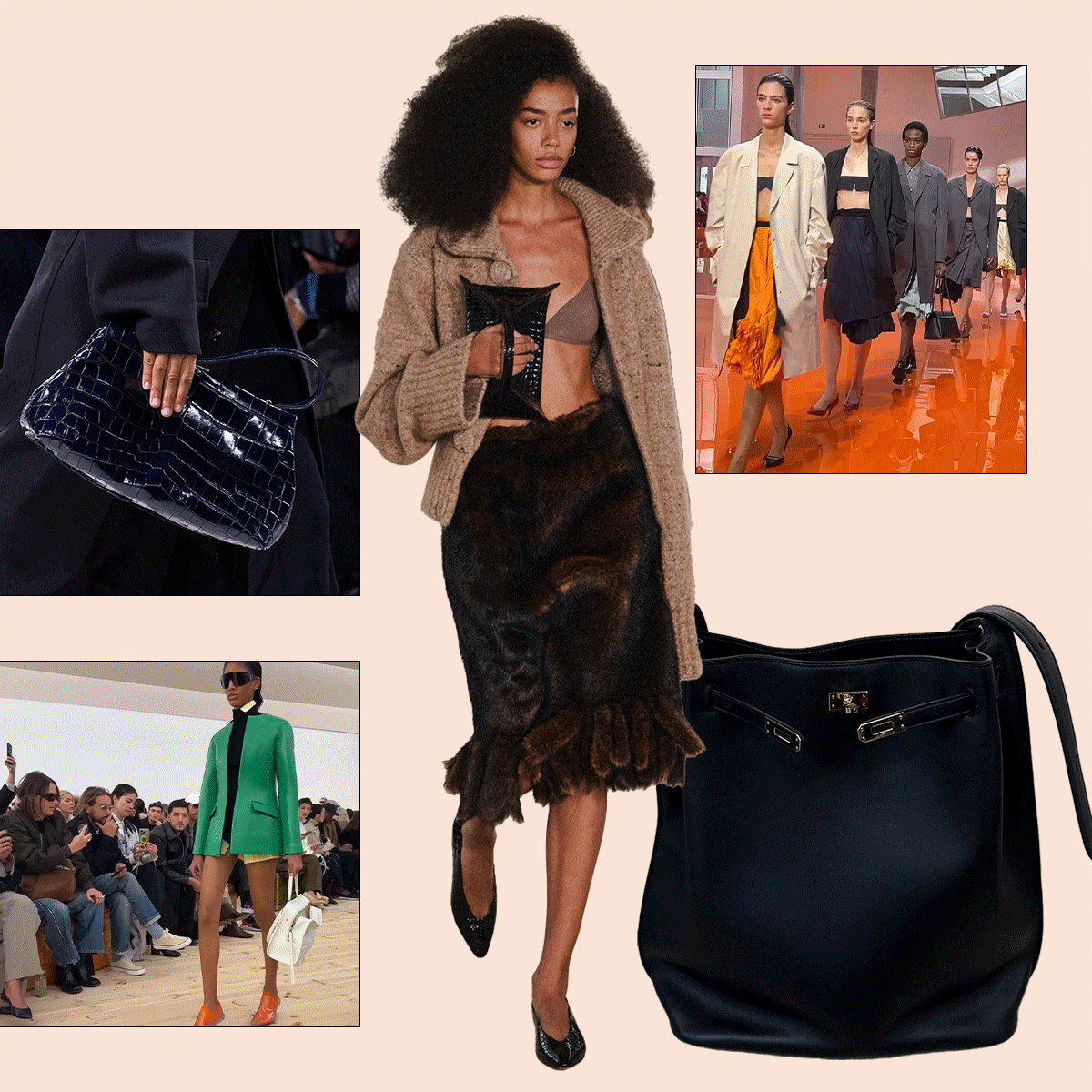 My Spring 2026 Wish List, From Chanel Mules to Prada Skirts
My Spring 2026 Wish List, From Chanel Mules to Prada SkirtsEverything worth saving up for, all in one place.
-
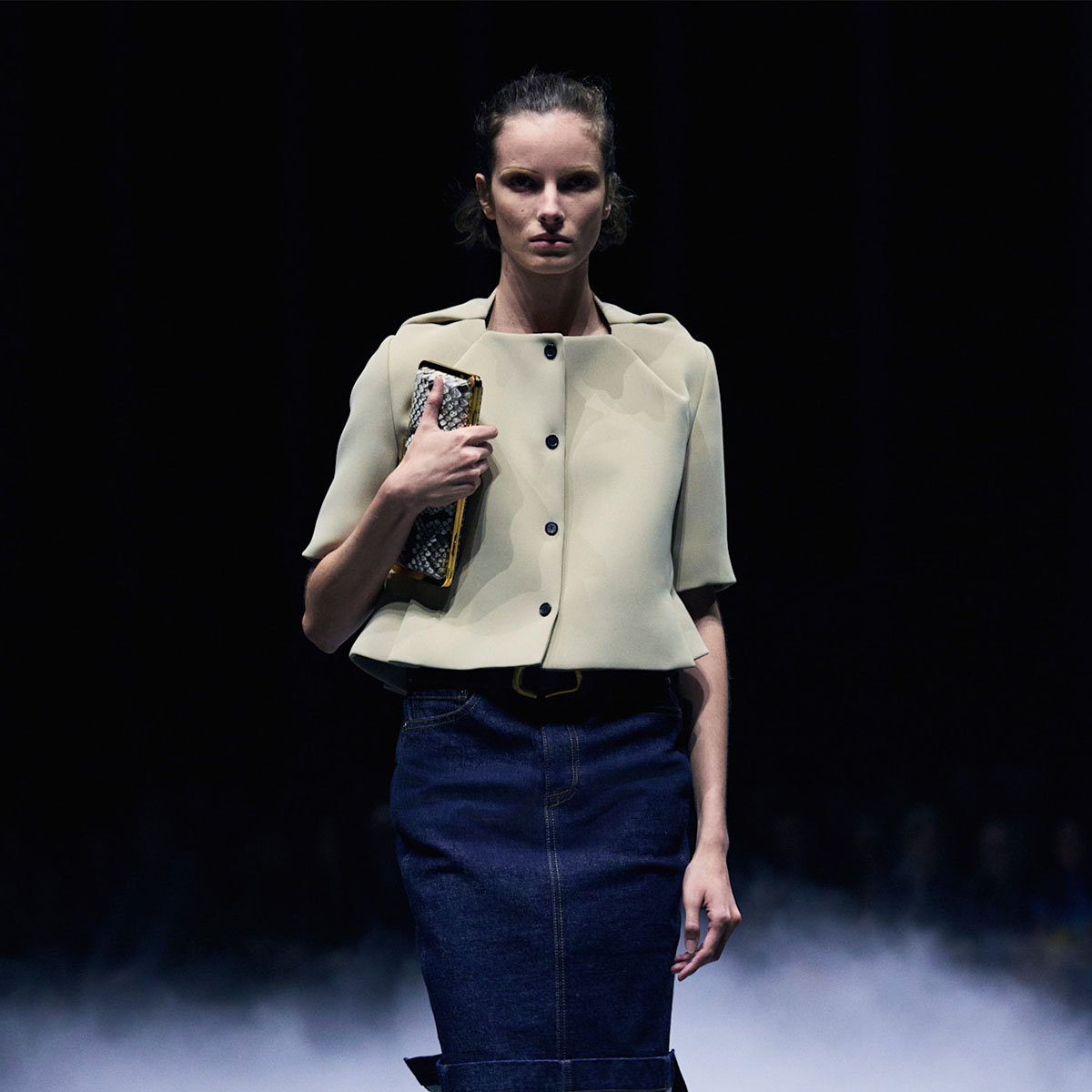 My Under-$400 Edit: Everything I'm Buying Now to Look On-Trend in 2026
My Under-$400 Edit: Everything I'm Buying Now to Look On-Trend in 2026Shop the edit.
-
 5 2026 Color Trends I'm Already Stealing From Louise Trotter's Bottega Veneta Debut
5 2026 Color Trends I'm Already Stealing From Louise Trotter's Bottega Veneta DebutButter yellow! Navy! Pops of green!
-
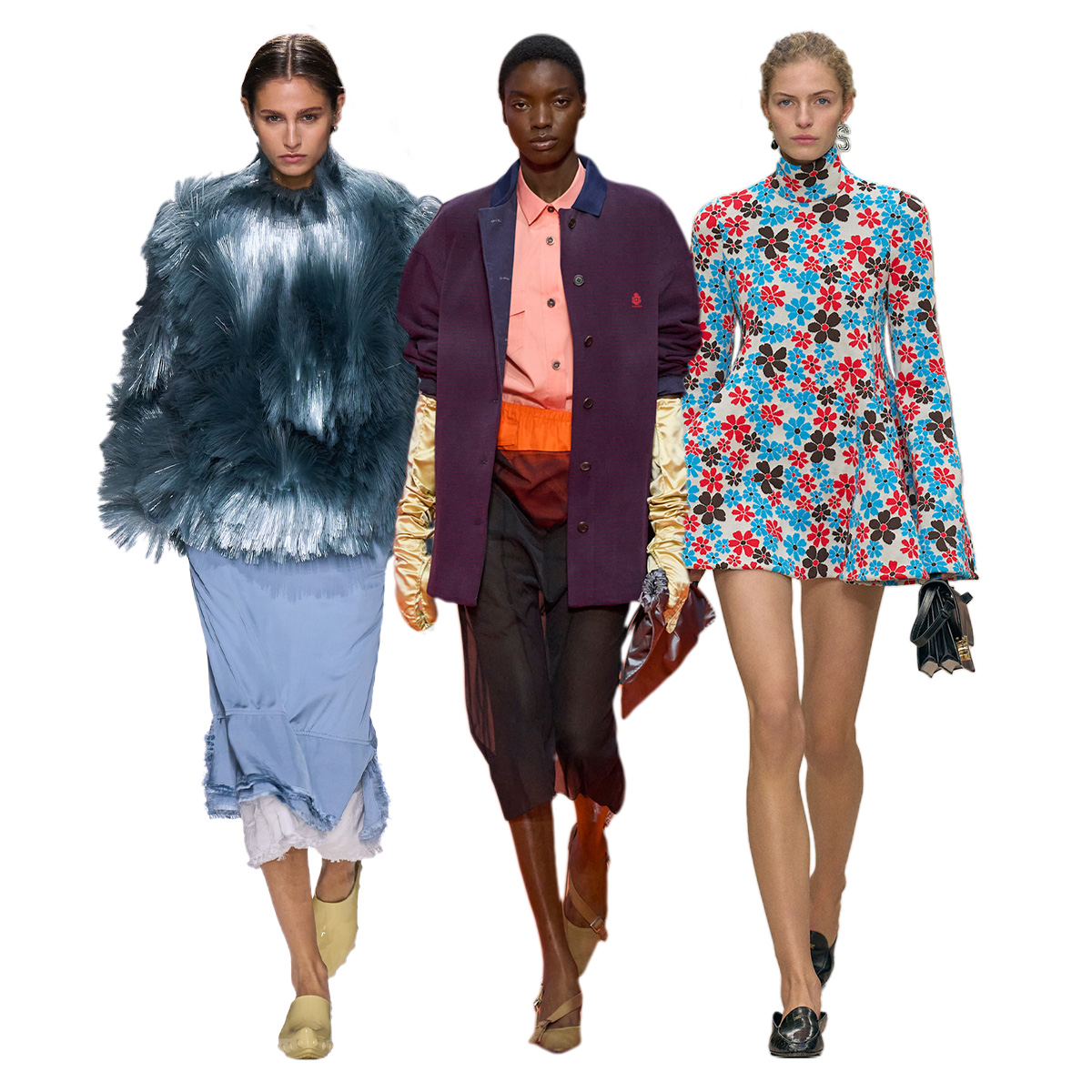 10 Trends Set to Define Spring 2026 Fashion
10 Trends Set to Define Spring 2026 FashionExplore our deep dive into the top trends from the runways.
-
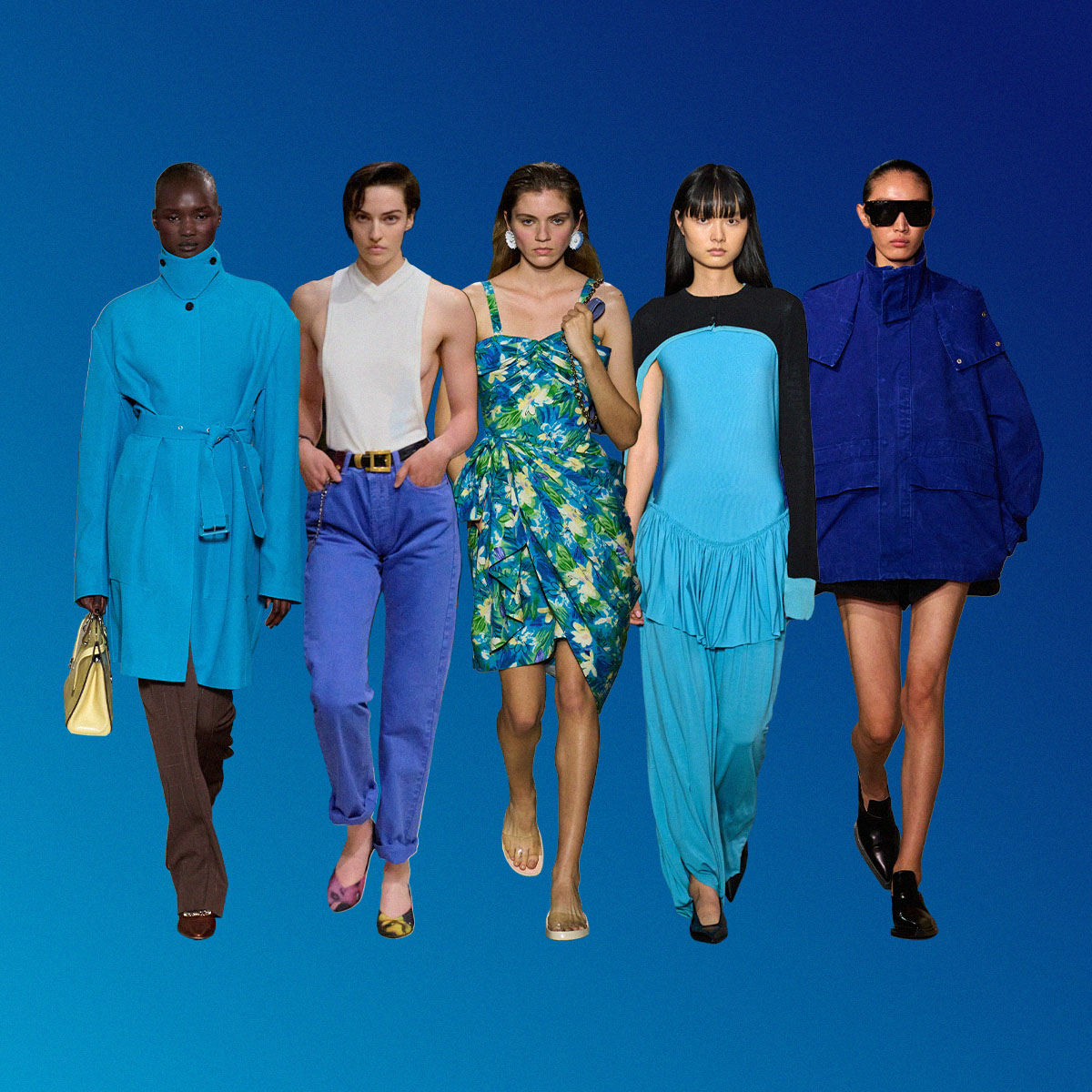 Step Aside, Butter Yellow, Burgundy, and Baby Pink—2026's It Color Has Just Arrived
Step Aside, Butter Yellow, Burgundy, and Baby Pink—2026's It Color Has Just ArrivedRefreshingly good.
